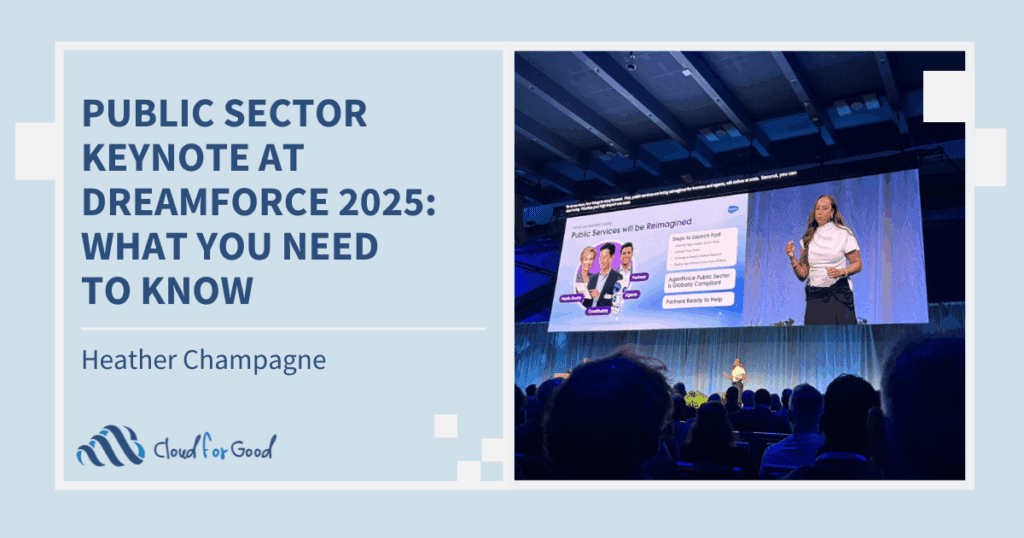by Terri Harel
There are a lot of factors that go into running a great peer-to-peer fundraising campaign. But before you delve into the planning phase, realizing its full potential will help you create more successful campaigns and engagement strategies.
Here are three statistics that demonstrate the value of peer-to-peer campaign and how to utilize that data when thinking about your own initiatives.
1. Each active fundraiser raises more money than they could donate personally. An active fundraiser brings in an average of $568 through his or her fundraising page. Let’s face it, a lot of people aren’t in a position to give huge amounts of money these days. However, peer-to-peer fundraising allows active fundraisers who are passionate and committed to your cause to leverage their social networks and amplify the worth of their dollar.
Tip: Make sure you provide your fundraisers with a tip sheet or guide on being a successful fundraiser. You want to empower your advocates to reach their goals and feel successful with your organization. When we reach a goal, we’re encouraged to repeat success and feel like a meaningful part of the bigger picture your cause serves.
Recently, an organization called Team Rubicon provided only half of their new fundraisers with a fundraising tip sheet. That cohort went on reach more people and raise 3 times more money than those who did not receive any material to support their efforts.
2. Each active fundraiser amplifies your nonprofit organization’s reach. Each active fundraiser reaches an average of seven other donors – four of which will be new to your organization. If you’re struggling to reach new audiences, you’ll probably find a friend in peer-to-peer fundraising. Your supporters have friends, family and social networks that exponentially increase the number of second, third and even fourth degree connections your organization has. If you can cultivate a creative and moving peer-to-peer campaign, active fundraisers will reach their networks and potentially motivate others to create their own fundraising pages that further reach other networks, on and on. The inherent “virality” factor of peer-to-peer fundraising could allow you to explosively attain visibility with new supporters with the right messaging, marketing and strategy.
Tip: To make your peer-to-peer campaign engaging year-round, try using the seasons to initiate new relationships, highlight individual supporters, experiment with marketing messaging, tell constituent stories, and design with action in mind. In other words, utilizing design elements and copy on your site to draw visitors towards creating a personal fundraising page. For example, you might try creating a landing page that prompts a visitor to enter their birthday and e-mail, so they receive a reminder to become a fundraiser on that date.
3. 71% of Millenials have fundraised for a nonprofit. With all the talk surrounding engaging Millenials in the last few years, this statistic should definitely be a catalyst to start a peer-to-peer fundraising campaign, now. Let’s review: 71% of the Millenial generation have created a personal fundraising page and raised money on behalf of a cause. Millenials like control. They like to determine the why of their involvement and make known the reason for their activism and peer-to-peer fundraising facilitates self-determined goal-seeking very well.
Tip: When engaging Millenials for your peer-to-peer campaign, make sure your messaging includes the following:
• Establish credibility – Millenials are judgmental. Your website is the face of your organization, so make sure it’s clean, clear and easy to navigate so Millenial visitors don’t have to guess about or question your mission.
• Establish the “why” of your cause – Be very clear about why anyone should be an active participant in your mission. They could just donate and never look back, but why is it important that they remain consistently engaged through something like fundraising?
• Identify the adversary –Identifying the “who” or “what” that threatens the accomplishment of your mission opens up a more personal, emotional connection between Millenials and your cause.
• Create unity – Although Millenials are seemingly individualistic, they are very social – just look at their participation on social networks like Facebook and Twitter. Community and collective purpose is, ultimately, important so including your supporters in a common cause is necessary for engaging Millenials.
• Be transparent – In an age where information is so readily available, we’re lucky to be able to question everything. Transparency is expected, and a high priority, for Millenials looking to be involved in a cause.
• Inspire – Ah, young idealism! It’s true, Millenials like thinking about a wide future of possibilities, of a better world and being a part of a movement of change. Inspiring Millenials, whether that is through storytelling on your blog or demonstrating progress towards your causes’ goal, is necessary to maintain their support and engagement.
• Oh, but don’t forget about your other donors! While Millenials are increasingly important and have been a point of discussion recently, online fundraising reaches far beyond younger generations. Make sure you’re addressing all demographics in your donor base and curate your messaging accordingly.
Peer-to-Peer campaigns bring in a lot of new donors, which means you’ll also need to initiate a communication pipeline with your new audiences. Leverage your CRM system to maintain and engage these new donors, search for opportunities for major gifts and reach out to potential active fundraisers.
About Terri:
Terri Harel is a marketing associate at StayClassy, a web-based fundraising software for nonprofits and social impact organizations.





